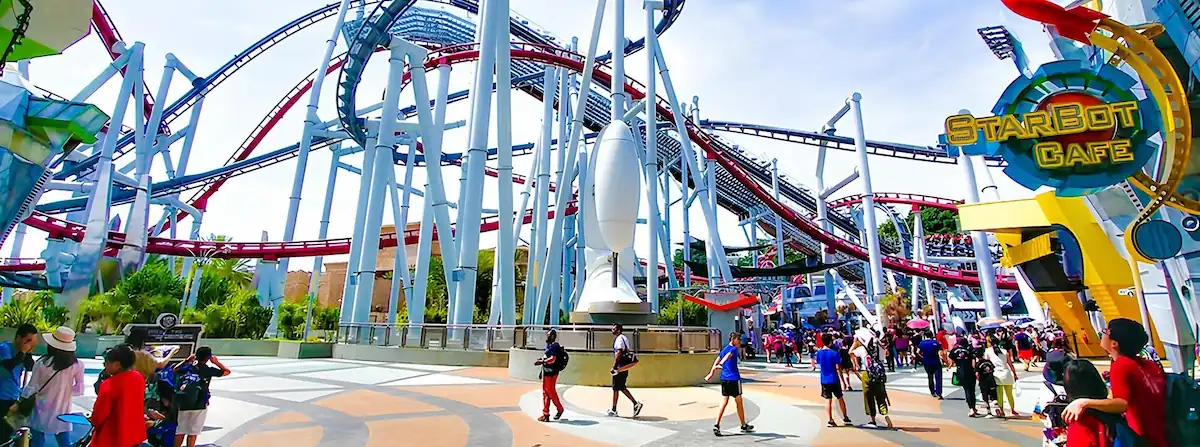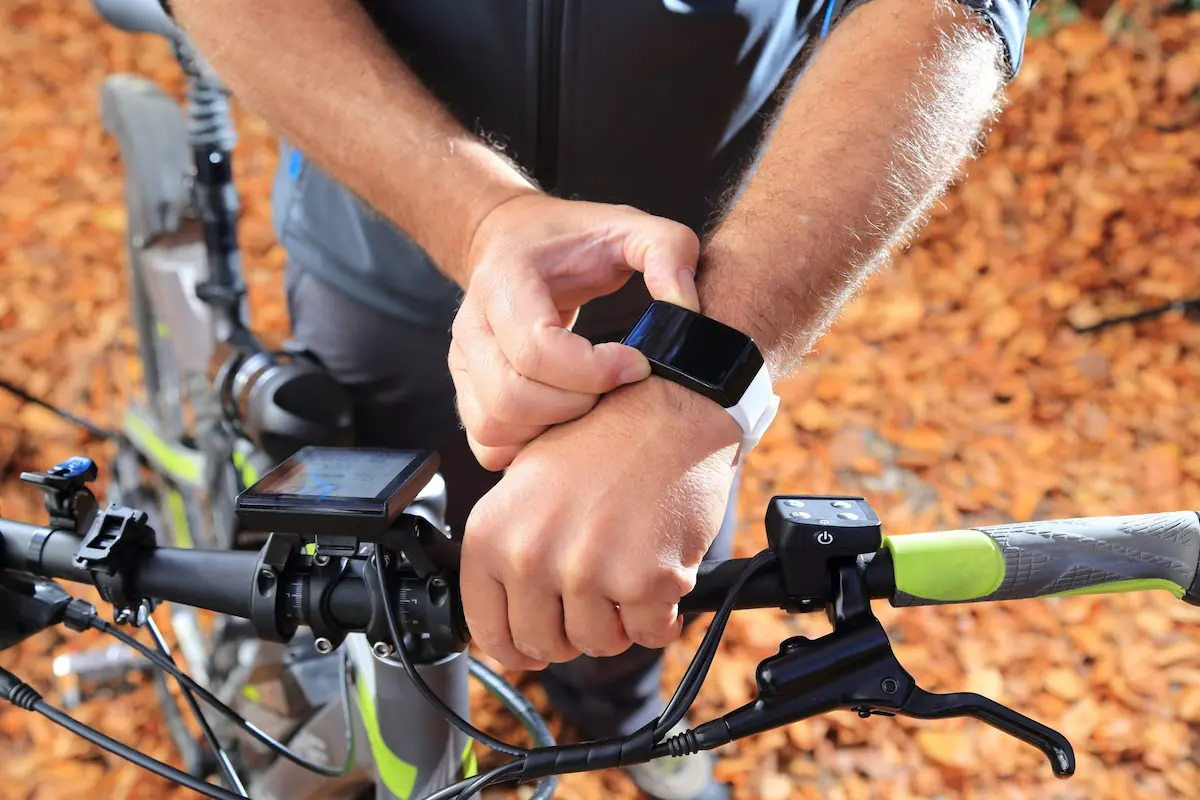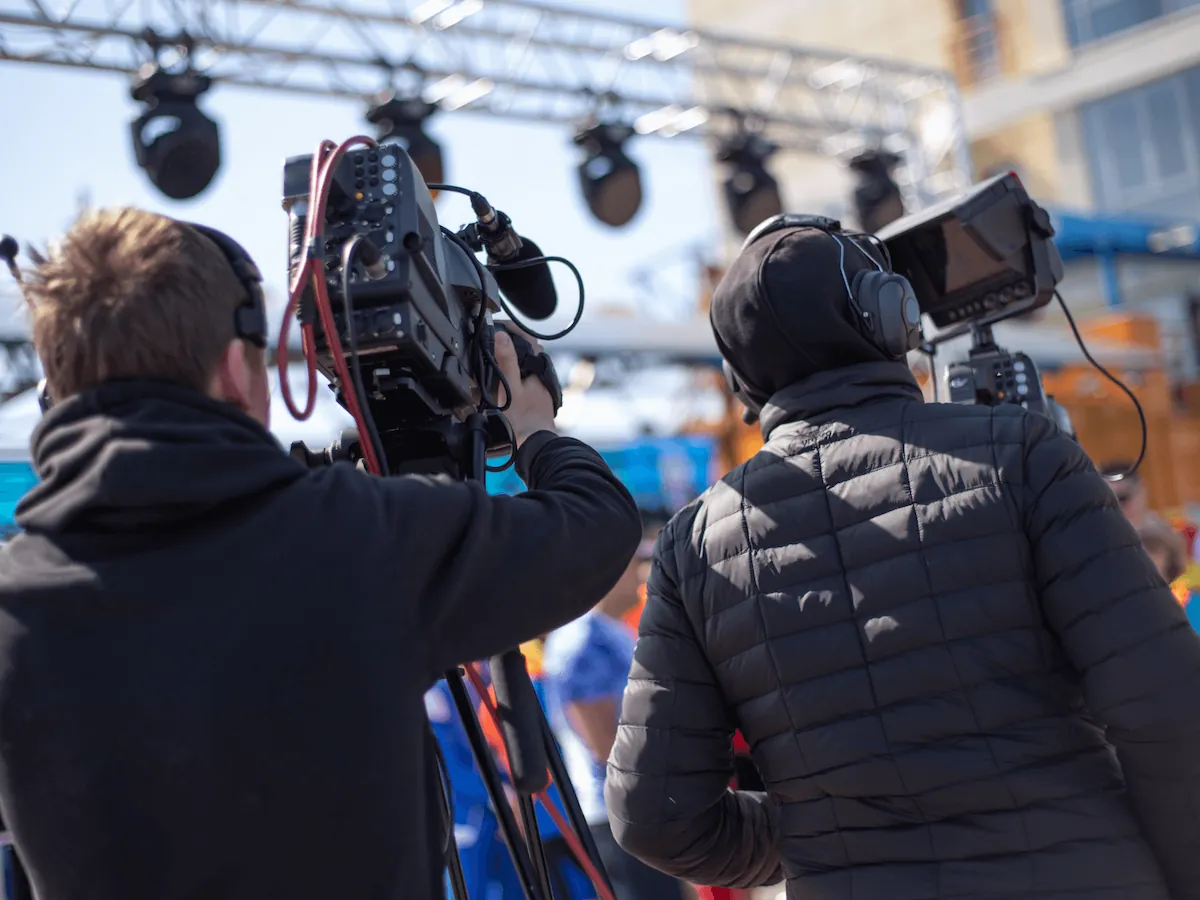
IOT IN AMUSEMENT PARKS
How is IoT technologies transforming the amusement park experience?
IoT (Internet of Things) technology is revolutionizing the entertainment experience in amusement parks. With IoT, amusement parks can offer a new level of interactivity, convenience, and personalization to visitors. Here are some keyways IoT is transforming amusement park entertainment:
- Smart Queues: IoT sensors can monitor ride queues in real-time. Visitors can check wait times on their smartphones and receive alerts when it’s their turn to ride, allowing them to explore other attractions in the meantime.
- Personalized Experiences: IoT devices can track visitors’ movements and preferences, providing personalized recommendations for rides, shows, and dining options. This creates a tailored experience that enhances visitor satisfaction.
- Interactive Attractions: IoT can make rides and attractions more interactive. Visitors might wear smart wristbands or use mobile apps to participate in games, solve puzzles, or trigger special effects throughout the park.
- Safety and Maintenance: IoT sensors can monitor the condition of rides and equipment in real-time, alerting park staff to any issues before they become critical. This ensures visitor safety and reduces downtime.
- Energy Efficiency: IoT technology can optimize energy consumption within the park. Lights, heating, and cooling systems can be adjusted automatically based on visitor density and weather conditions, reducing operational costs.
- Cashless Payments: IoT-enabled payment systems can streamline transactions by allowing visitors to make purchases with their wristbands or smartphones, eliminating the need for physical cash or cards.
- Enhanced Shows and Parades: IoT can synchronize audio, lighting, and special effects during live shows and parades, creating immersive experiences that captivate audiences.
- Visitor Insights: Data collected through IoT devices can provide valuable insights into visitor behavior, helping park operators make informed decisions about ride placement, pricing, and marketing strategies.
- Accessibility: IoT can improve accessibility for visitors with disabilities by providing real-time information on accessible routes, assistive services, and wait times for accessible rides.
- Environmental Sustainability: IoT technology can help amusement parks monitor and reduce their environmental impact. This includes waste management, water conservation, and sustainable energy usage.

IOT IN SPORTS
How does IoT technologies impact the world of sports, and what specific applications does it offer to athletes, fans, and sports organizations?
IoT (Internet of Things) is rapidly transforming the landscape of sports entertainment, ushering in a new era of fan engagement, athlete performance optimization, and operational efficiency. Here’s a glimpse of how IoT is making its mark in the world of sports entertainment:
- Enhanced Fan Experiences: IoT sensors and devices are being used to provide fans with a more immersive and interactive experience. From wearable tech that tracks player statistics and provides real-time updates to smart stadiums with connected seating, IoT is amplifying the excitement of being in the stands or watching from home.
- Real-time Data Analytics: Sports teams and organizations are leveraging IoT to gather vast amounts of data during games and practices. This data is then analysed to gain valuable insights into player performance, team strategies, and game dynamics. Coaches and players use these insights to refine their strategies and make informed decisions.
- Wearable Technology: Athletes are now equipped with wearable devices that monitor their biometrics, movement, and performance metrics. These devices help in injury prevention, rehabilitation, and optimizing training regimens. They allow coaches and medical staff to make data-driven decisions to keep athletes in peak condition.
- Smart Stadiums: IoT has revolutionized the concept of smart stadiums. These venues are equipped with connected infrastructure, including Wi-Fi, beacons, and sensors. Fans can access mobile apps for real-time updates, order concessions from their seats, and enjoy augmented reality experiences, enhancing their overall enjoyment of the game.
- Athlete Tracking: IoT-enabled tracking devices, often worn by athletes during games, provide data on player movements, speed, and positioning. This data is invaluable for coaching staff, helping them devise tactics, make substitutions, and assess player fitness levels.
- Operational Efficiency: Behind the scenes, IoT helps in managing the logistics of sports events. It optimizes resource allocation, such as lighting, climate control, and security, ensuring that venues are operating efficiently and reducing energy consumption.
- Fan Engagement: IoT is also changing how fans engage with sports content. With the rise of connected devices and smart TVs, viewers can access additional statistics, replays, and interactive features while watching games on their screens.

IOT IN ENTERTAINMENT
Benefits of IoT in Entertainment
- Immersive Experiences: IoT enhances entertainment attractions with interactive elements, augmented reality (AR), virtual reality (VR), and responsive environments, immersing visitors in captivating worlds.
- Enhanced Safety: IoT-enabled security and surveillance systems ensure the safety of guests at theme parks, theaters, and events, reducing risks and enhancing security measures.
- Personalized Content: IoT-driven recommendations and data analytics provide customized content, whether it’s personalized movie suggestions, theme park ride preferences, or concert experiences.
- Operational Efficiency: IoT streamlines venue management, from ticketing and concession sales to maintenance scheduling, optimizing operational costs and resources.
- Sustainability: IoT technology helps reduce energy consumption and waste, making entertainment venues eco-friendlier and more cost-effective.
Use Cases for IoT in Entertainment
- Theme Parks: IoT sensors enhance ride experiences with real-time data, synchronized attractions, and personalized visitor interactions.
- Concerts and Festivals: IoT enables cashless payments, real-time crowd management, and personalized event experiences through wearable tech.
- Movie Theaters: IoT-controlled lighting, audio, and climate systems enhance cinematic experiences, while interactive kiosks provide movie information and ticketing options.
- Gaming: IoT-equipped gaming consoles offer immersive gameplay experiences with features like haptic feedback, motion sensing, and voice recognition.
- Sports and Stadiums: IoT-driven stadium experiences include mobile apps for ticketing, food ordering, and real-time event updates, enhancing the fan experience.
- Live Performances: IoT technology integrates with lighting, audio, and stage effects for dynamic and synchronized live performances.
- Streaming Services: IoT analytics help streaming platforms recommend content based on user preferences, creating a personalized entertainment experience.
- Virtual Reality (VR) Arcades: IoT technology powers VR experiences in physical locations, allowing users to explore virtual worlds.
- Escape Rooms: IoT elements enhance escape room challenges with automated clues, sound effects, and interactive puzzles.
- Museums and Art Installations: IoT creates interactive exhibits, AR-guided tours, and personalized visitor experiences within cultural institutions.
How is IoT transforming the way people engage with recreation and arts, and what potential does it hold for creating more interactive and personalized experiences in these domains?
IoT (Internet of Things) is fundamentally altering the way people experience recreation and arts by infusing them with a new dimension of interactivity, personalization, and accessibility. In the realm of recreation, IoT is enhancing outdoor activities such as hiking and camping with smart navigation devices, real-time weather updates, and safety alerts, ensuring a safer and more informed adventure. Additionally, within the arts, IoT is fostering interactive exhibits and installations, allowing visitors to actively engage with art through digital interfaces, creating a more immersive and participatory experience. These technologies are reshaping the traditional boundaries of recreation and arts, making them more dynamic and engaging for everyone.